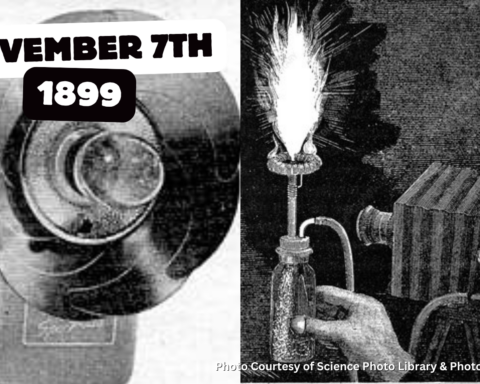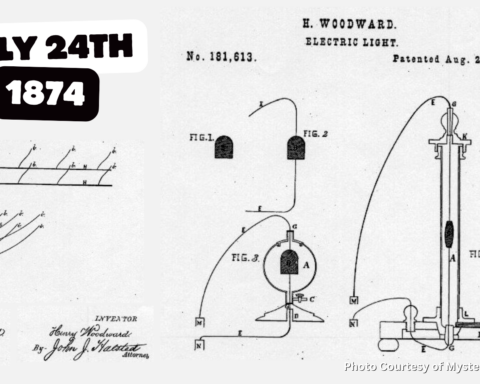September 2008
Vatican City is the smallest country in the world, both by area and population… but it could be one of the greenest and certainly one of the early adopters of solar energy. It is also well on its way to being the first country entirely powered by solar and the first net-zero carbon neutral country in the world. But, it all started back in 2008 with an ambitious project to generate 300,000 MWh of solar power annually to illuminate, cool, and heat the Paul VI Audience Hall.
The challenge was to be able to remove the old concrete roof, create solar farm panels, and install the panels in a way that keeps the historic architectural elements in place and doesn’t detract from the original design by Italian architect Pier Luigi Nervi.
This installation included more than 2,400 photovoltaic panels placed on more than an acre of the roof of the hall. The power generated not only supplies the power to the Audience hall, but also to several surrounding buildings.
The audience hall is one of the modern structures amid centuries-old historical buildings in Vatican City. The hall is used for concerts and indoor papal audiences. The solar panels have proven to completely offset the Vatican’s annual Co2 production estimated at 10,000 tons.
At the time of installation, the solar power generating plant was the largest in Europe and a testament to the Vatican and Pope Benedict XVI’s commitment to helping combat climate change. This and other solar projects earned him the moniker as “the green pope.”
While Vatican City is an independent country, it has historically relied on Italy for its utilities, including its gas, water, and electricity. The solar projects installed by the Vatican have allowed the nation state to gain electricity independence from Italy.
The system on the audience hall was manufactured and installed by German company, Solar World. The entire project was donated to the Vatican. The solar panels, and inverters that feed the electricity directly into the Vatican’s electric grid was estimated at a cost of $1.5M in 2008.
Featured image courtesy of Solaripedia.





